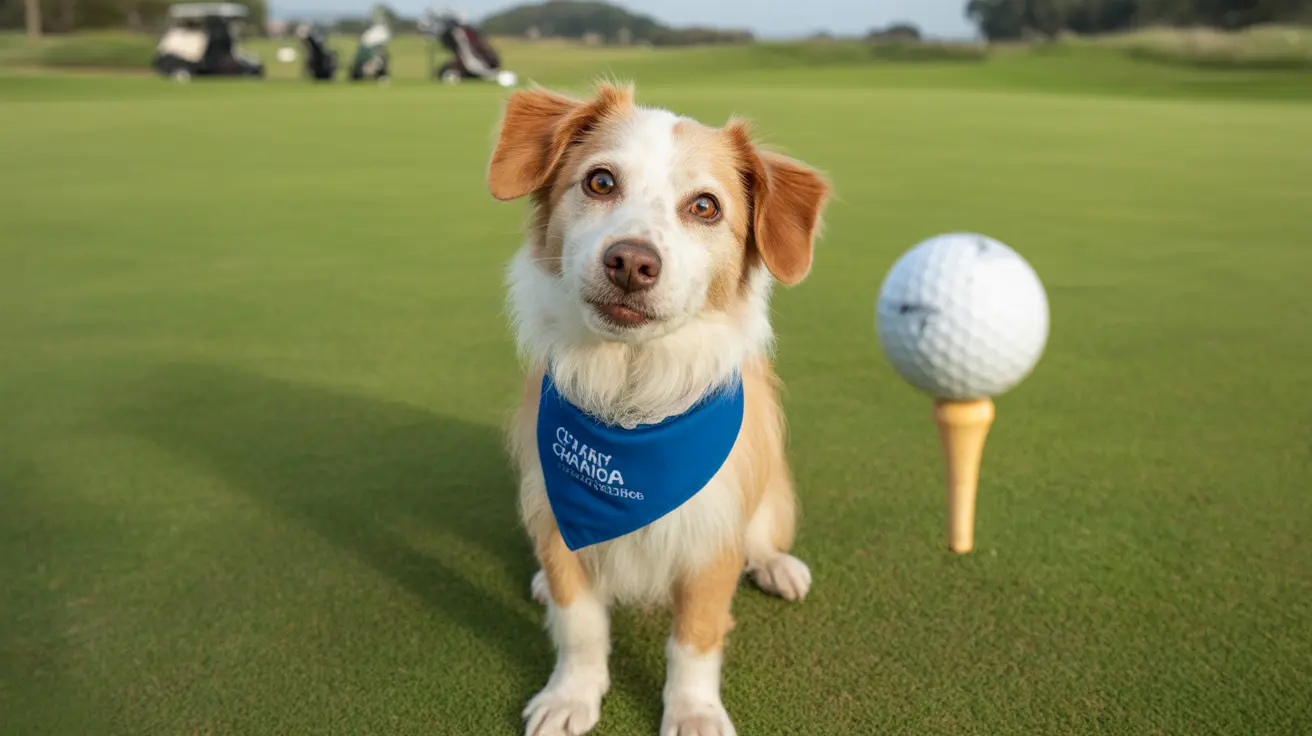The Science Behind Dog Age Calculation
Modern veterinary science has developed more accurate methods for calculating dog years. The first year of a dog's life equals about 15 human years, while the second year adds another 9 years. After that, each additional year translates to approximately 5 human years, though this varies by size.
Here's how a 15-year-old dog's age translates to human years based on size:
- Small dogs (under 20 lbs): 76 human years
- Medium dogs (21-50 lbs): 83 human years
- Large dogs (51-100 lbs): 93 human years
- Giant breeds (over 100 lbs): 114 human years
How Size and Breed Affect Aging
Size plays a crucial role in how dogs age. Smaller breeds typically enjoy longer lifespans and age more slowly after maturity. Conversely, larger breeds age faster and often have shorter life expectancies. This difference is attributed to various factors, including:
- Higher metabolic rates in larger breeds
- Increased stress on joints and organs
- Different genetic predispositions to age-related conditions
- Varying rates of cellular aging
Health Considerations for 15-Year-Old Dogs
At 15, all dogs are considered senior or geriatric, regardless of size. Common health issues at this age include:
- Arthritis and joint problems
- Dental disease
- Vision and hearing loss
- Cognitive decline
- Kidney or heart conditions
Regular veterinary check-ups become increasingly important at this age, with many vets recommending visits every six months.
Caring for Your Senior Dog
Understanding your 15-year-old dog's true age helps provide appropriate care. Key considerations include:
- Adjusting exercise routines to be gentler
- Providing easily accessible food and water
- Installing ramps or steps for furniture access
- Maintaining a consistent daily routine
- Monitoring for changes in behavior or health
Frequently Asked Questions
How old is a 15-year-old dog in human years for different breeds and sizes?
A 15-year-old dog's human age equivalent ranges from 76 years for small breeds to 114 years for giant breeds. Medium-sized dogs are around 83 human years, while large breeds are approximately 93 human years old.
Why does the "one dog year equals seven human years" rule not accurately reflect a 15-year-old dog's real age?
This outdated rule doesn't account for dogs' faster aging during their first two years of life or the significant impact of breed size on aging rates. Modern veterinary science shows that dogs age more rapidly early in life and then slow down, with size playing a crucial role in the aging process.
How do breed size and genetics affect the aging process of a 15-year-old dog?
Smaller breeds typically age more slowly and live longer than larger breeds. Genetics influence susceptibility to age-related diseases and overall longevity. Large breeds often age faster due to higher metabolic rates and increased stress on their bodies.
What health issues are common in dogs around 15 years old and how does this relate to their human age equivalent?
At 15, dogs commonly experience age-related issues similar to elderly humans, including arthritis, dental problems, sensory decline, and cognitive dysfunction. These conditions correspond to those seen in humans in their 70s to 90s, depending on the dog's size.
How can I best care for my 15-year-old senior dog considering their age in human years?
Provide regular veterinary care, maintain a comfortable environment with easy access to necessities, offer appropriate exercise, monitor for health changes, and adjust care routines as needed. Consider their age-equivalent limitations when planning activities and making lifestyle modifications.






